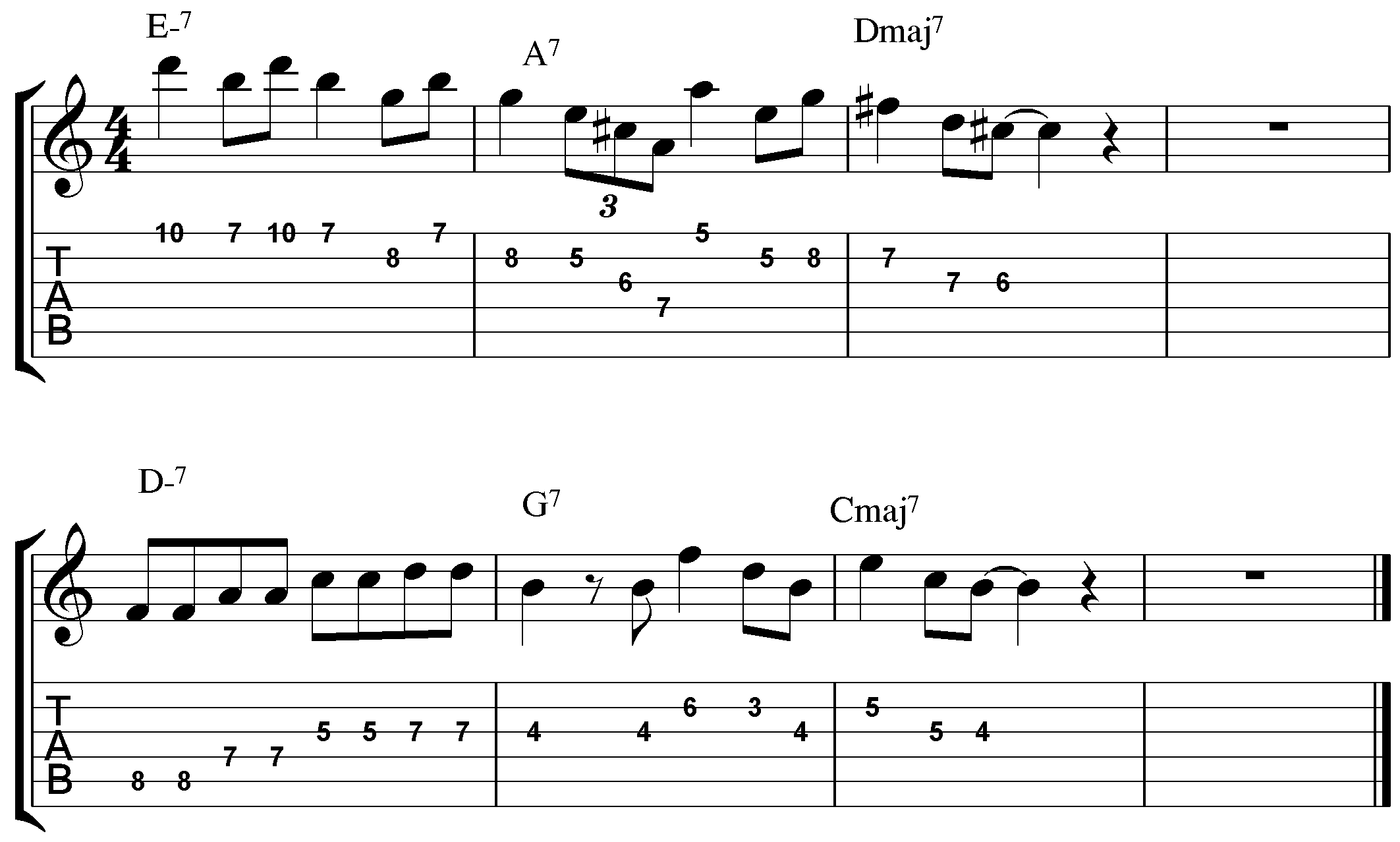


The III chord is often substituted for the I chord because it shares 3 common tones with the I chord.įor example, in the key of C, the I chord is spelled C-E-G-B (Cmaj7) and the III chord is spelled E-G-B-D (Em7). The III-VI-II-V jazz chord progression is essentially the same as the I-VI-II-V, with the exception of the first chord. When jazz musicians talk about “playing the changes” they are referring to playing the chord changes that are based on and evolved from this Gershwin classic. The original first four chords of George Gershwin’s famous “I’ve Got Rhythm” form a I-VI-II-V (C - Am7 - Dm7 - G7). The I-VI-II-V progression is one of the most important of all the best jazz chord progressions. Now that we’ve covered the II-V-I, let’s look at some other common jazz chord progressions. Now that we’ve covered the II-V-I, let’s look at some other common jazz progressions. We can use moveable shapes with roots on the 4th, 5th and 6th strings to play these II-V-I chords, or we can spell out the notes of the chords and use them to play linear, single note lines over the chord progression.

If we spell the n otes of these seventh chords out, we get the following: D-F-A-C, G-B-D-F, C-E-G-B. Each Roman numeral represents the degree of the scale on which the chord is built.įor example, in the key of C: Dm7 - G7 - Cmaj7. The II-V-I is th e most common jazz chord progression in the genre. The II-V-I Progression: What is it, and how is it used?


 0 kommentar(er)
0 kommentar(er)
